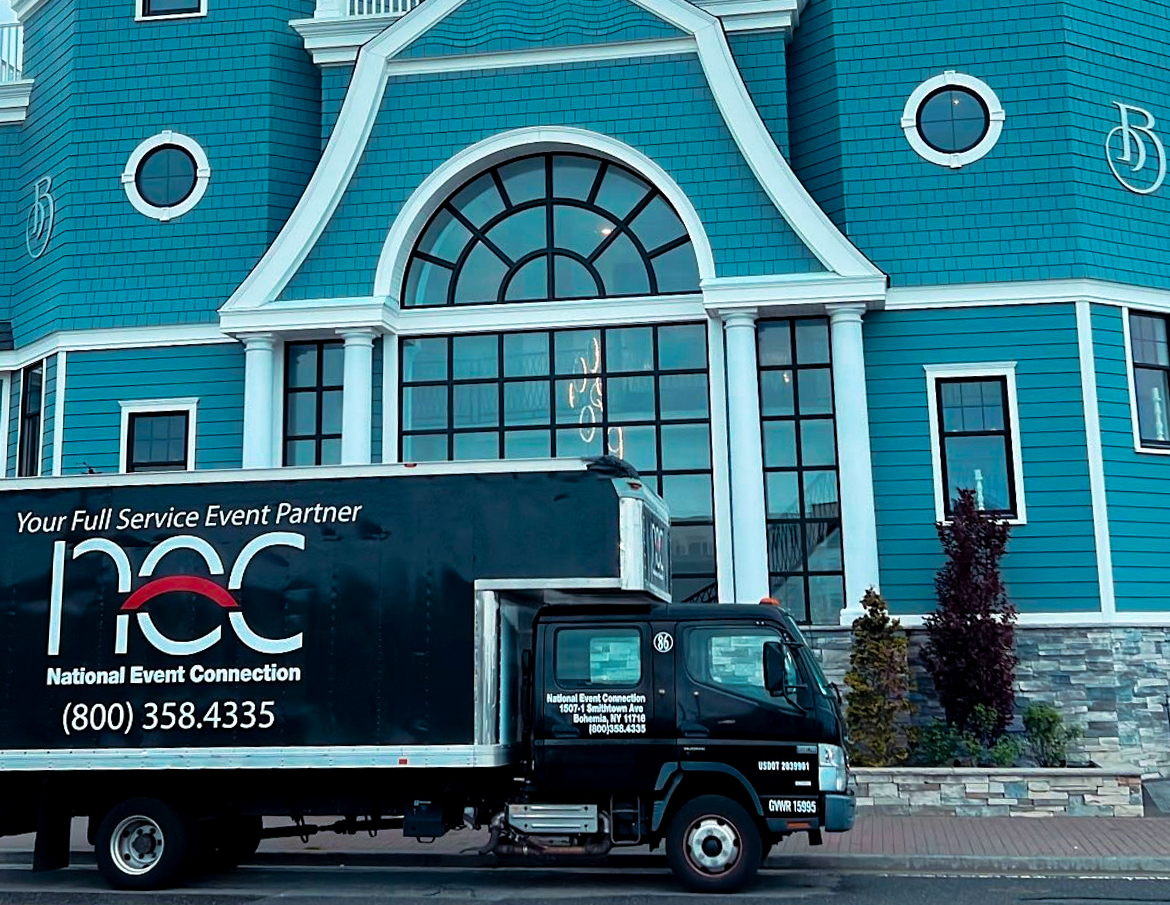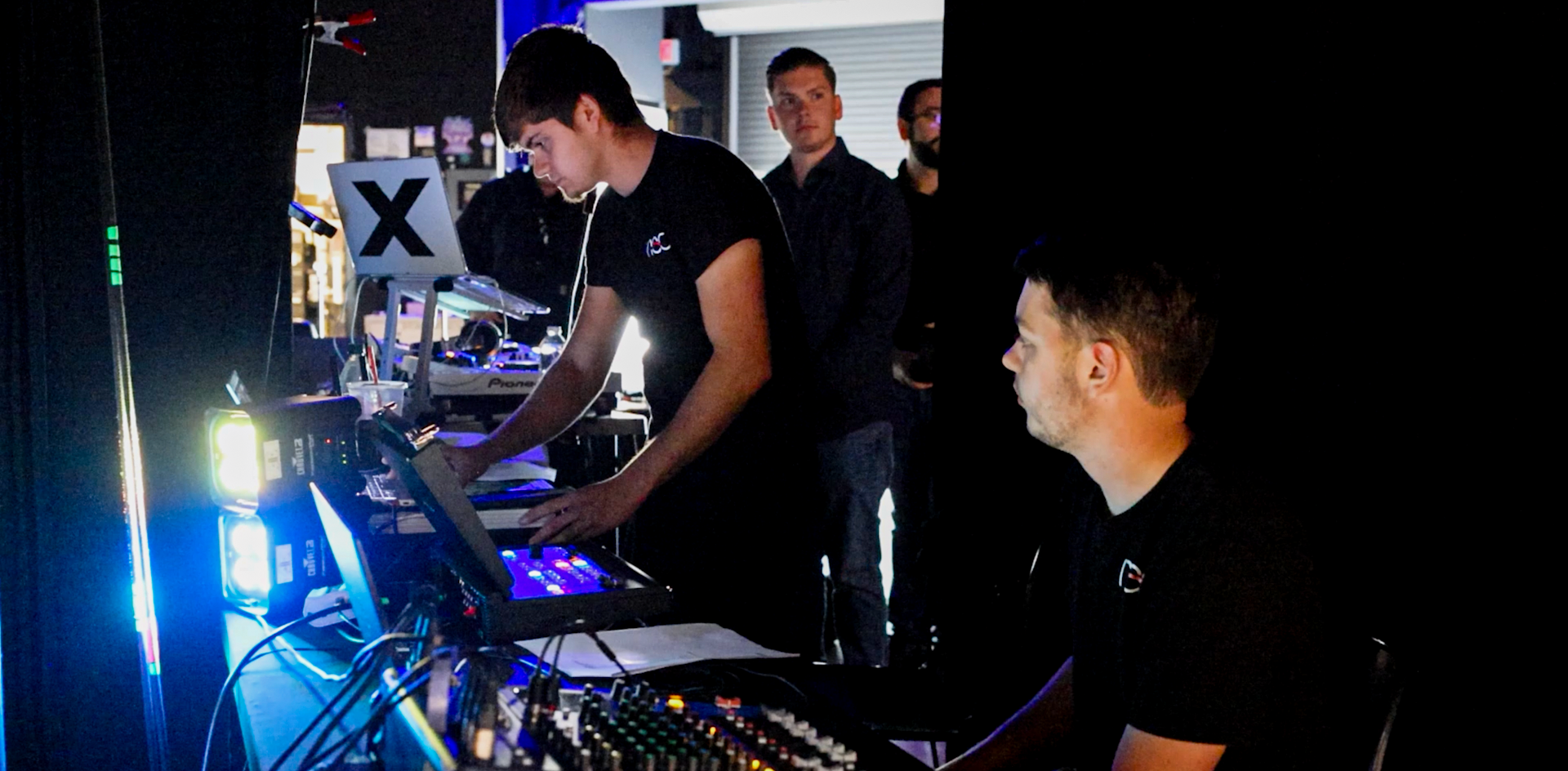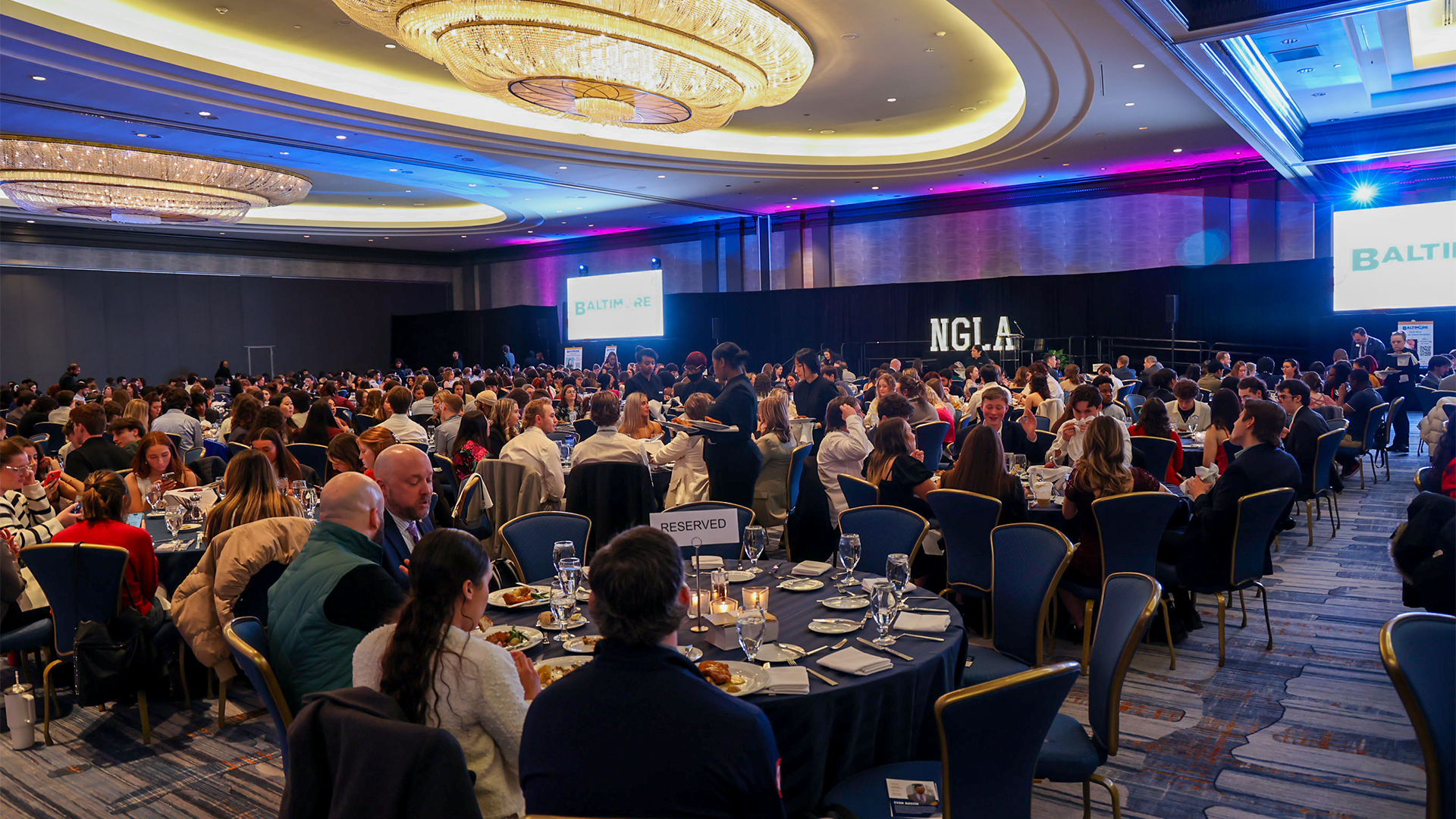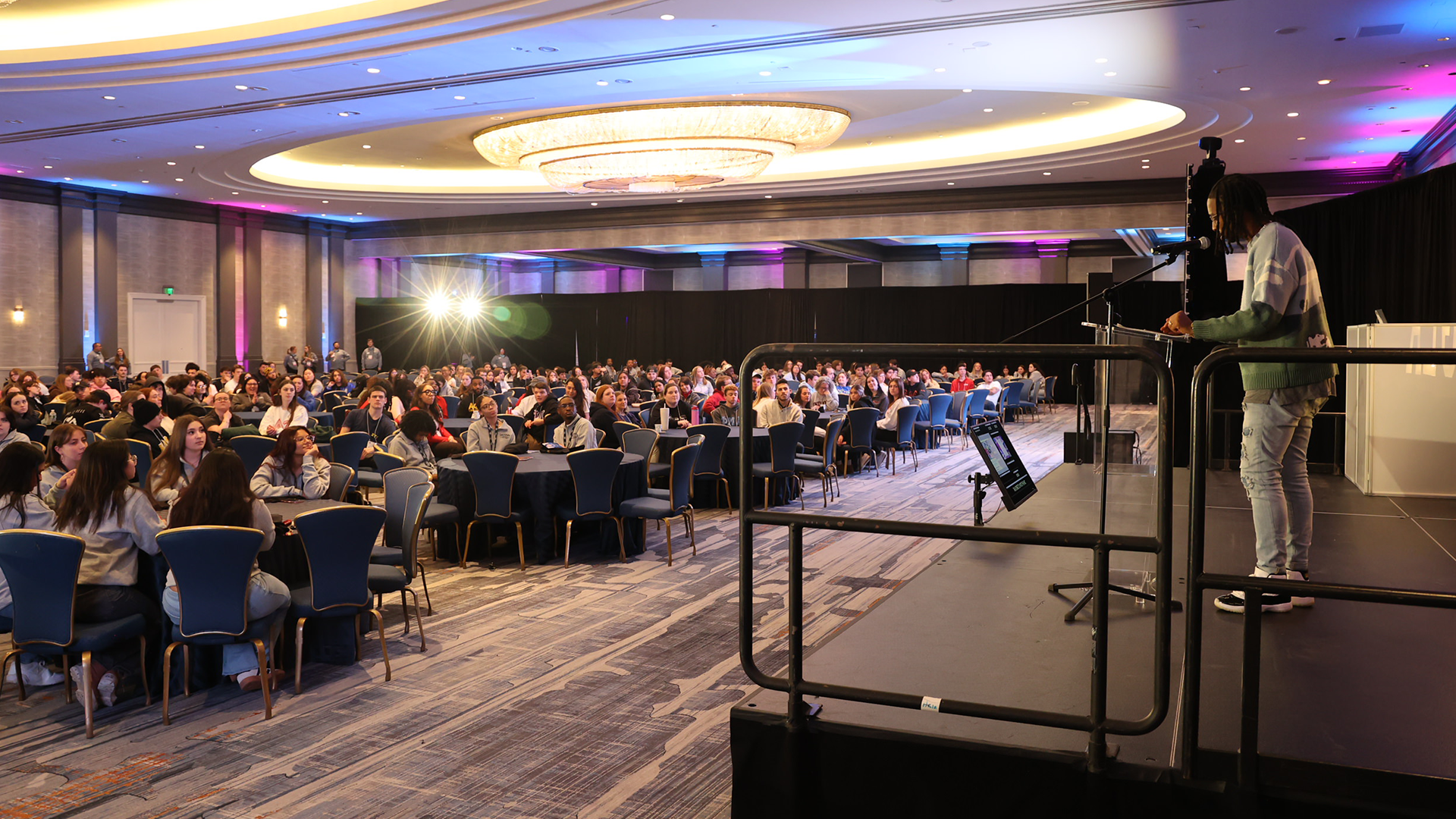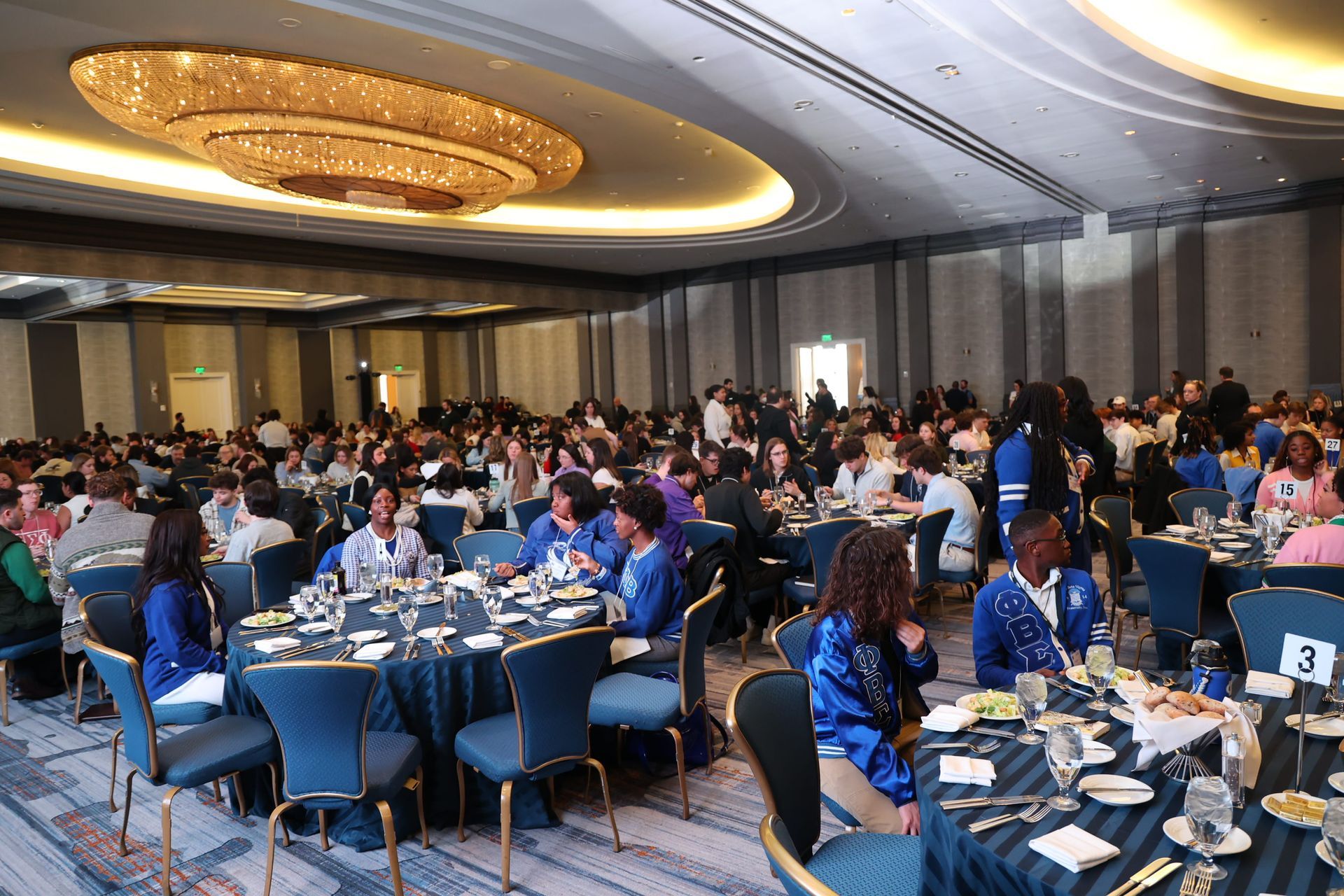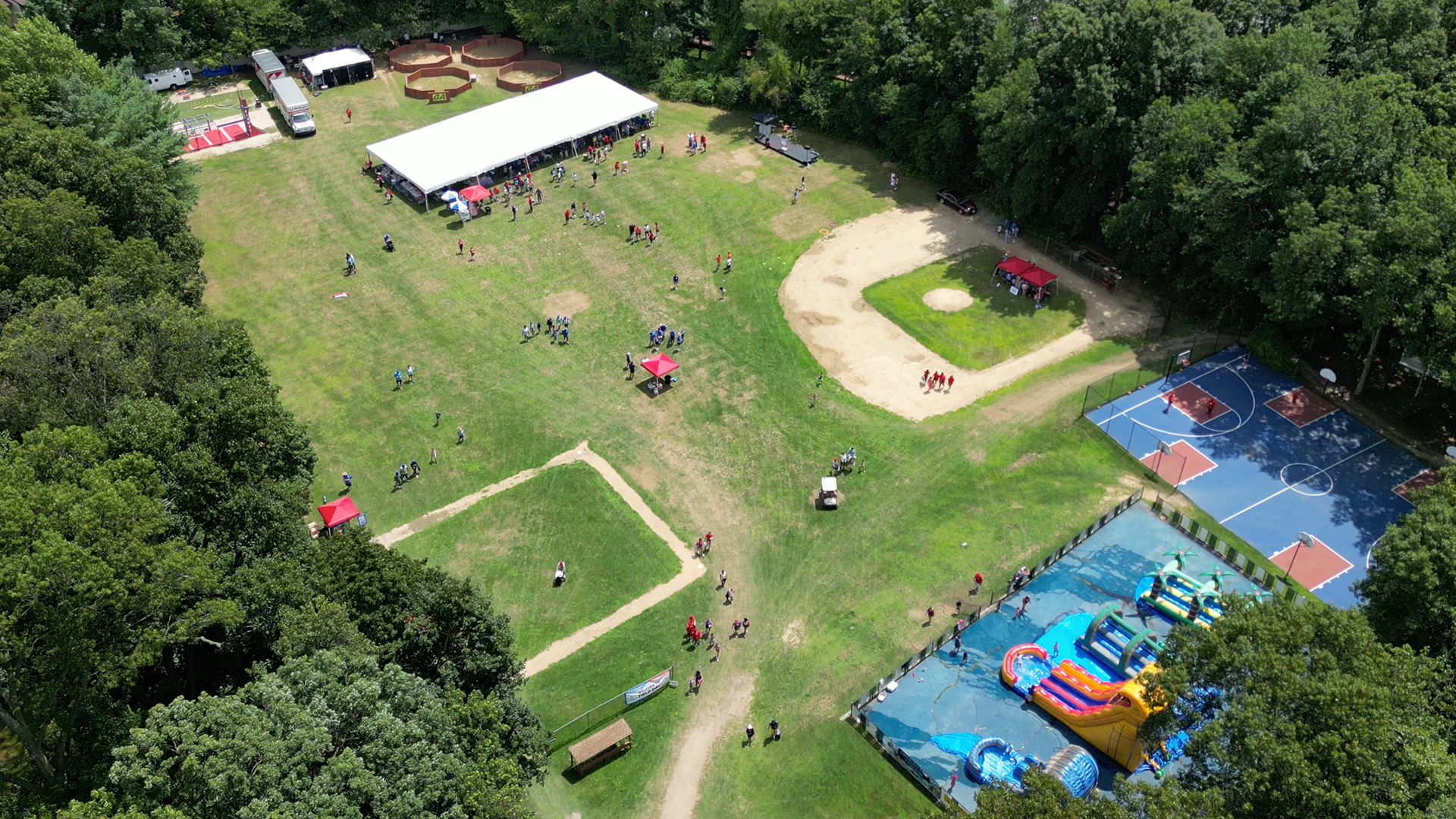The Power of Experiential Marketing: Creating Lasting Impressions
Make A Lasting Impression
An Introduction to Marketing Through Experiences
Experiential branding focuses on creating events and activities that involve the audience in the brand’s story. By using interactive elements, businesses can turn passive observers into active participants. Whether it’s through sensory experiences, hands-on activities, or digital interactions, the goal is to create an emotional connection that lasts beyond the initial encounter.
These experiences often leverage cutting-edge technology to enhance engagement. Virtual reality, augmented reality, and interactive installations are just a few examples of tools that can make a brand's message come alive. When consumers are able to touch, feel, and interact with a brand, they are more likely to develop a lasting impression.
Moreover, experiential branding allows for personalization, making each interaction unique to the individual. This can be particularly effective in fostering brand loyalty, as consumers appreciate when a brand takes the time to create tailored experiences just for them.
Incorporating these elements into a branding strategy can transform the way consumers perceive a brand. It shifts the focus from simply selling a product to creating a memorable, impactful experience that resonates on a deeper level.
A Case Study on Disney's Journey of Water
Disney's Journey of Water at EPCOT exemplifies the power of interactive and immersive experiences in branding. This attraction utilizes motion detection technology and water effects to create an engaging, almost magical environment. As visitors move through the space, the water responds to their actions, making each interaction feel personalized and unique. This dynamic element not only entertains but also leaves a lasting impression on guests.
The blend of technology with natural elements in Journey of Water demonstrates how innovative use of sensory engagement can enhance a visitor's experience. The attraction encourages guests to physically interact with their surroundings, fostering a sense of wonder and connection.
Disney's attention to detail in creating this attraction ensures that every element contributes to the overall experience. The seamless integration of special effects responding to the actions of the individual captivates visitors, making them feel like an integral part of the attraction. This interactive experience resonates deeply with guests, showcasing the potential for brands to create memorable moments through well-designed, engaging activities.
By offering an experience that is both fun and immersive, Disney successfully enhances its brand image and fosters emotional connections with its audience. The Journey of Water serves as a compelling example of how thoughtful design and interactive elements can elevate a brand's storytelling, leaving a lasting impact on all who experience it.
Captivating Audiences with Innovative Activities
Innovative activities like paint by numbers walls have become popular for their ability to engage guests in a creative and collaborative process. These interactive murals allow visitors to contribute to a larger art piece, creating a sense of accomplishment and unity. Each participant plays a role in the final masterpiece, making the experience both personal and collective.
Beyond paint by numbers walls, there are other engaging activities that can captivate audiences. Augmented reality treasure hunts, for instance, merge the physical and digital worlds, providing a modern twist on traditional scavenger hunts. Participants use their smartphones to find virtual clues and complete tasks, adding an element of excitement and discovery.
Digital escape rooms are another example of how technology can enhance guest engagement. These games challenge participants to solve puzzles and complete missions within a set time, fostering teamwork and problem-solving skills. The immersive nature of escape rooms makes them an excellent tool for experiential branding, as guests become fully engrossed in the activity.
Additionally, interactive touchscreens and digital kiosks can offer guests personalized experiences. These installations can provide tailored content, recommendations, or even virtual try-ons for products, making the interaction both informative and entertaining. By incorporating such innovative activities, brands can create memorable experiences that resonate deeply with their audience, encouraging long-term engagement and loyalty.
The ROI of Immersive Experiences
Immersive experiences at themed events can dramatically enhance brand loyalty and visibility. Offering guests a unique, engaging encounter helps brands differentiate themselves in a saturated market. Successful immersive campaigns often yield significant returns on investment by not only capturing immediate attention but also fostering long-term consumer engagement. For instance, pop-up experiences designed to reflect brand values and narratives have been particularly effective in boosting customer retention and drawing in new audiences.
Interactive installations, like digital escape rooms or augmented reality treasure hunts, add layers of excitement and engagement that traditional marketing can't achieve. These activities not only entertain but also create emotional connections, making guests more likely to form lasting positive associations with the brand. The personalization aspects of such activities further increase their impact, making each guest feel uniquely valued.
In addition, the word-of-mouth and social media buzz generated by immersive experiences can significantly amplify their reach. Photo opportunities built into your guest experience are an invaluable tool for encouraging guests to share your brand with others over social media. Guests sharing memorable, interactive moments with their networks provide organic and authentic promotion. By investing in well-designed, interactive experiences, brands can achieve substantial returns both in terms of immediate engagement and enduring customer loyalty.
Crafting Your Own Experiential Event
Crafting an experiential event starts with understanding your brand’s core values and translating them into engaging activities. Engage the senses by incorporating elements that guests can see, hear, touch, and even smell. This multi-sensory approach deepens the emotional connection with your brand. Hands-on activities can foster teamwork and make the experience memorable.
It's crucial to design activities that are easy to understand and participate in. Clear instructions and intuitive interfaces ensure guests can fully engage without frustration. Personalization is key—allow guests to leave their mark, whether through contributing to a collaborative art piece or customizing their journey.
Finally, consider the flow of your event. Seamlessly integrating various activities ensures that guests remain engaged throughout their visit. By focusing on these elements, you can create an experiential gathering that leaves a lasting impression and fosters strong connections with your brand.
Conclusion: The Future of Marketing through Experiences
As technology continues to evolve, the opportunities for brands to engage their audiences through interactive and immersive experiences will expand. The integration of digital innovations will enable even more personalized and engaging interactions. Brands that prioritize creating these meaningful experiences will stand out in a crowded marketplace. The future of branding lies in the ability to forge deep emotional connections with consumers, transforming them from passive observers into active participants. As we move forward, those brands that successfully incorporate experiential elements into their marketing strategies will not only capture immediate attention but also build lasting loyalty. Embracing these trends will allow businesses to stay relevant and create memorable moments that resonate with their audience long after the event ends.



